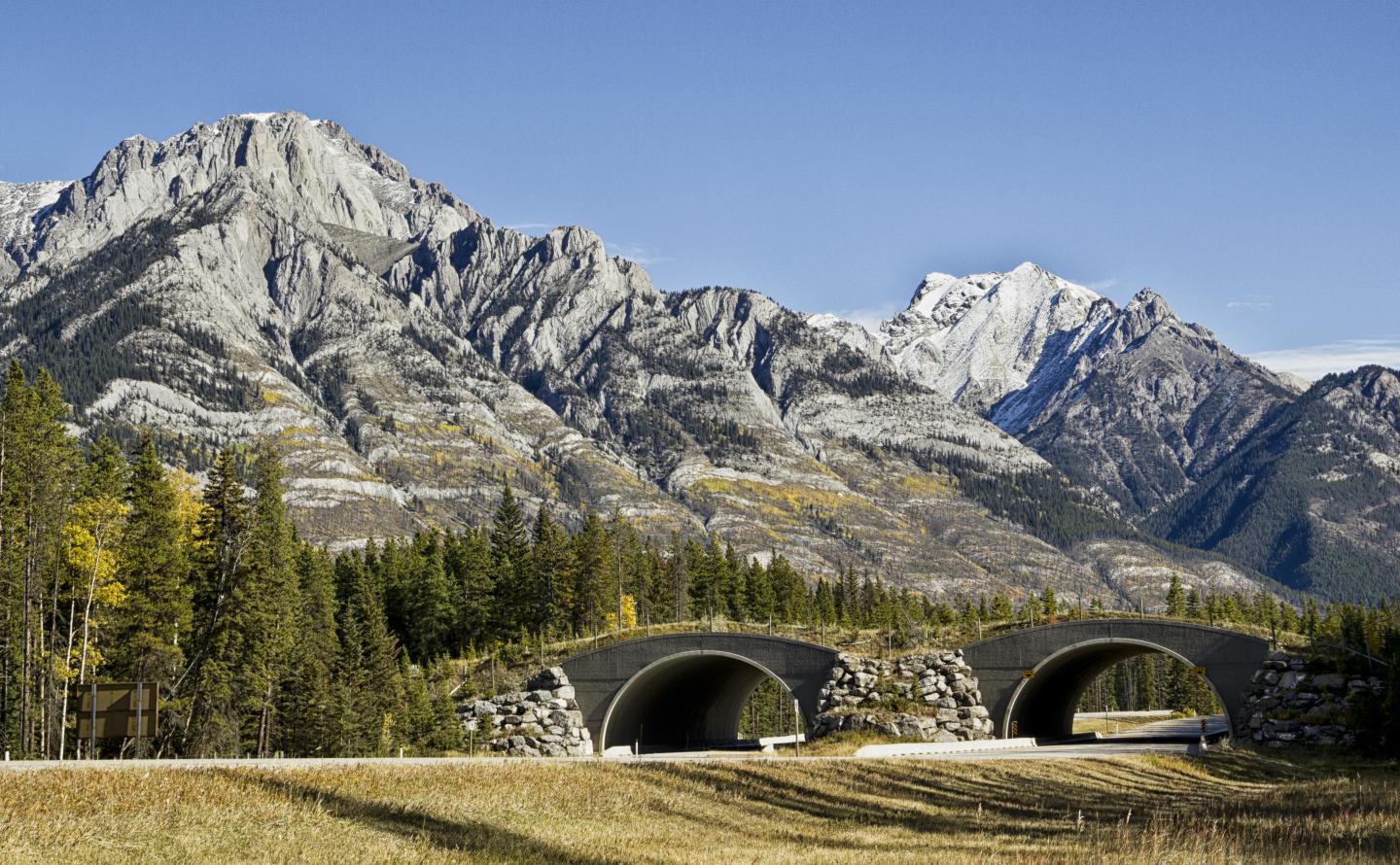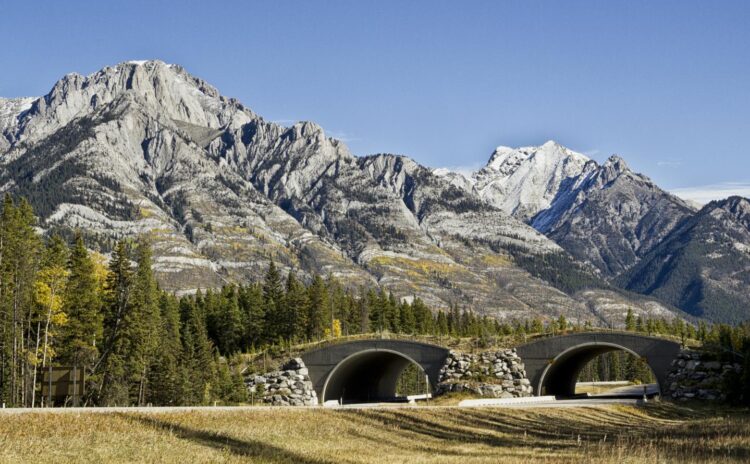New research from UMass Amherst suggests that demography is the key to managing habitat loss and fragmentation

Credit: Lucilleb/iStock/Getty Images Plus
AMHERST, Mass. – City sprawl and road development is increasingly fragmenting the habitats that many plant and animal species need to survive. Ecologists have long known than sustainable development requires attention to ecological connectivity – the ability to keep plant and wildlife populations intact and healthy, typically by preserving large tracts of land or creating habitat corridors for animals. New research from the University of Massachusetts Amherst argues that it’s not enough for ecological modelling to focus on the landscape. If we want the best-possible ecological management, we should consider when and where individuals are located.
“Everybody needs a place to live,” says Joseph Drake, a graduate student in the department of environmental conservation and the organismic and evolutionary biology program at UMass, and the lead author of the research that appeared recently in Ecography. “Humans build roads, but animals and plants have pathways. Movement along the pathways are essential to the continued persistence of plant and animal populations.” This is where connectivity comes in, and there are two traditional ways of modelling it. One, the structural approach, focuses on where suitable habitats are and whether or not these habitats are contiguous, connected via corridors, or broken up and widespread. The other definition, functional connectivity, considers how species respond in relation to the habitats they move through.
But, says Drake, it’s not enough to focus on either the structural or functional aspects of connectivity. Instead, a third aspect – demography – needs to be combined with the other two. “If we wish to understand how human activities influence plants and wildlife,” says Drake, “then we need to know where the animals and plants actually are, where they want to be and how they move.” Drake and his co-authors advocate for a “demographically weighted approach,” which substantially improves the ability of ecological models to mirror observed reality. Indeed, the authors show that ignoring demography can markedly reduce the performance of ecological models, which has real-world implications for species’ chances of survival.
Furthermore, the weighted approach is better not only at understanding populations of plants and animals as they are now, but in the future, as well. As plants and animals continue to adapt to climate change by moving across the landscape, understanding how species’ dispersal affects their existence will take on growing importance.
###
Contacts: Joseph Drake, [email protected]
Daegan Miller, [email protected]
Media Contact
Daegan Miller
[email protected]
Original Source
https:/
Related Journal Article
http://dx.





